With a budget of 150,000 yuan (21180$), if you’re buying a fuel car, you can definitely get a joint venture boutique, but if you want to buy a pure electric SUV, there are not many options. After all, in the new energy vehicle market, domestic brands are taking the high-end route, and joint venture new energy vehicles are not very competitive. It is difficult to find a boutique pure electric vehicle for less than 200,000 yuan (28240$).
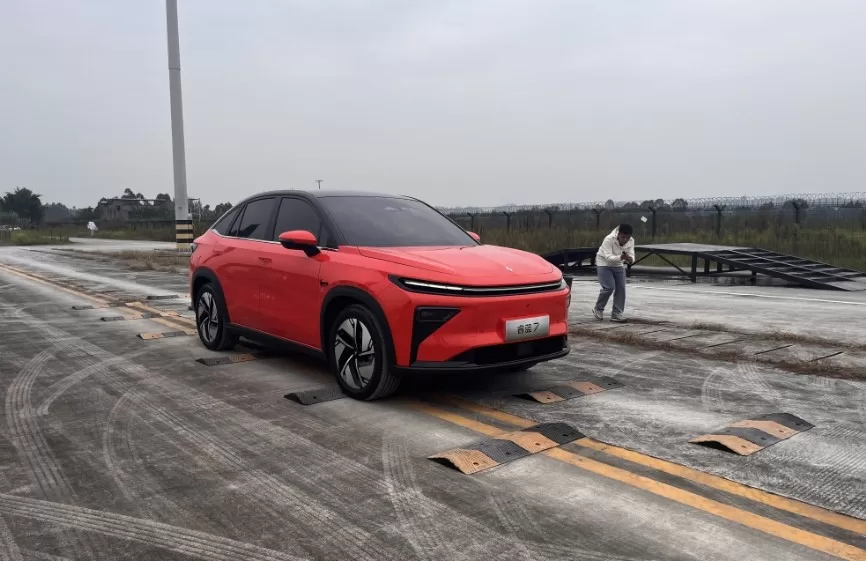
With the launch of the RuiLan 7, the price of a sufficiently intelligent rear-wheel drive pure electric SUV has been rolled back to below 150,000 yuan (21180$), offering a super high cost performance. So, compared to new energy brands, can RuiLan 7 offer a cheaper smart experience? Today, Cheguo compares RuiLan 7 and the newly launched Nezha X comprehensively to see which one offers better value for money. The price difference is not significant, but RuiLan 7 has a clear advantage in size. First and foremost is the price, as it is the primary factor in choosing a car. If you want to buy a more cost-effective product, the price must be more sincere.
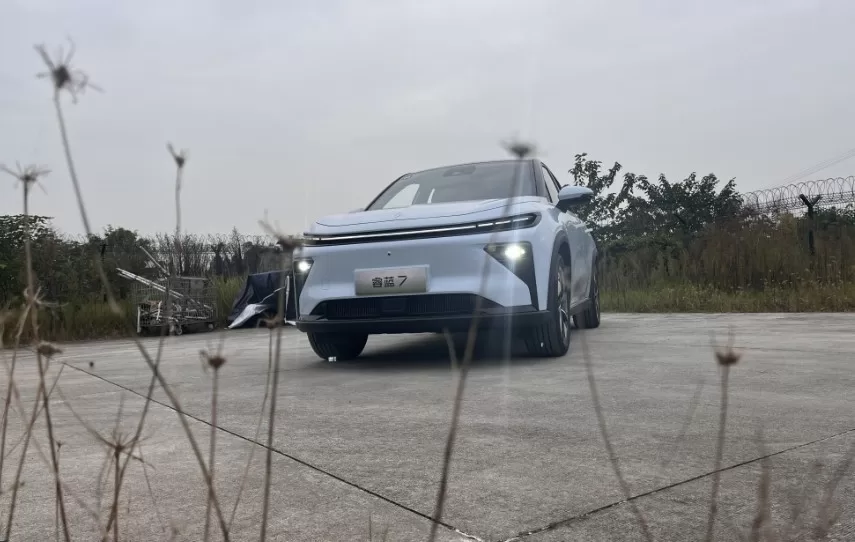
In terms of price, the starting price of the Ruilang 7 is cheaper than the Nezha X, with a price range of only 11.77-17.37 million yuan; the top-of-the-line model of the Nezha X is even lower, with a price range of 12.68-14.68 million yuan. Overall, the Ruilang 7 and Nezha X are comparable in terms of price, both offering high value for the money.
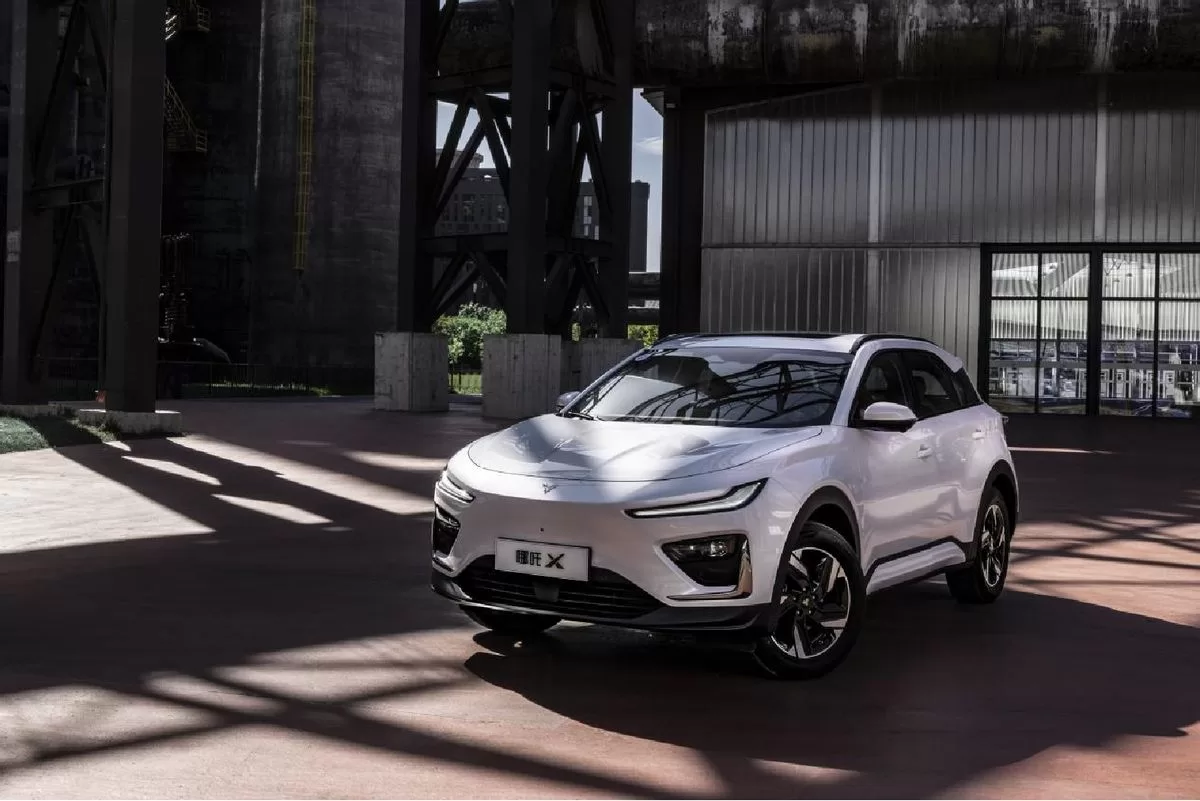
In terms of size, the Ruilang 7 is overall superior to the Nezha X. A comparison reveals that the Ruilang 7 outperforms the Nezha X in various size parameters, which means the Ruilang 7 has a more spacious interior and larger storage space.

In terms of trunk capacity, the Nezha X reaches an impressive 508L, which is considered quite leading in the compact SUV market. Because the Rui Lan 7 adopts a rear-wheel drive layout, it not only has a trunk, but also a 50L front trunk, providing a more flexible storage space.
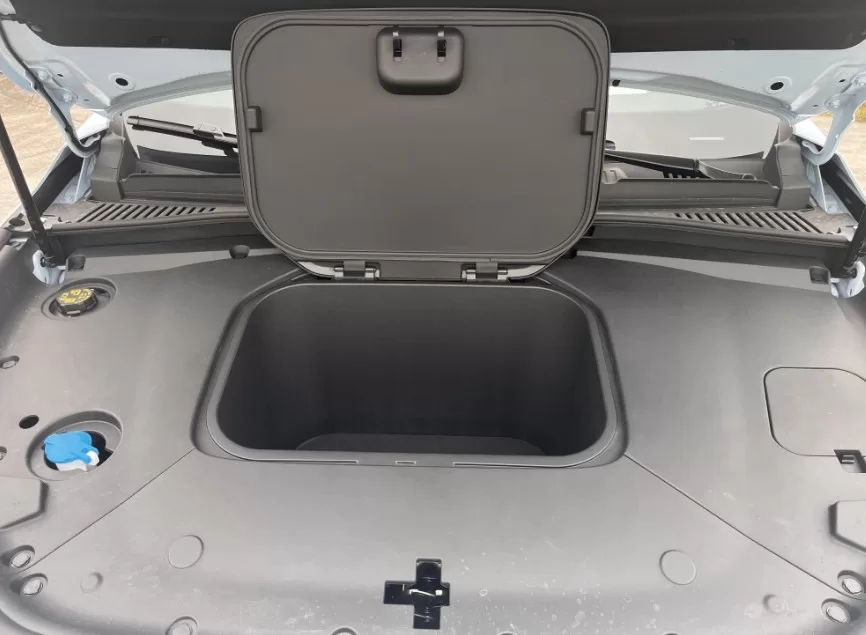
Rui Lan 7 smart hardware is more complete Intelligence has always been one of the core selling points of new energy vehicles, but most new energy vehicles with intelligent cabins are priced at over 200,000 yuan (28240$). The intelligent configurations carried by new energy vehicles priced at less than 200,000 yuan (28240$) are often just enough, and there is no so-called intelligent cabin at all.

Nezha X and Ruilan 7 have both achieved a higher standard in the development of intelligent cockpits. Nezha X is equipped with the Snapdragon 8155 chip, which is currently the most powerful automotive-grade chip, ensuring the hardware of the intelligent cockpit. However, Ruilan 7 also has its own intelligent cockpit, and its self-developed 7nm cockpit chip, Longying No. 1, is no less powerful than the Snapdragon 8155 chip in terms of performance. In terms of intelligent driving assistance, Ruilan 7’s hardware is more comprehensive, with the top-of-the-line model equipped with 10 high-definition cameras, 12 ultrasonic radars, and 5 millimeter-wave radars, while Nezha X, even in the top-of-the-line model, only has 4 high-definition cameras and 4 ultrasonic radars, not even as good as Ruilan 7’s mid-range model.
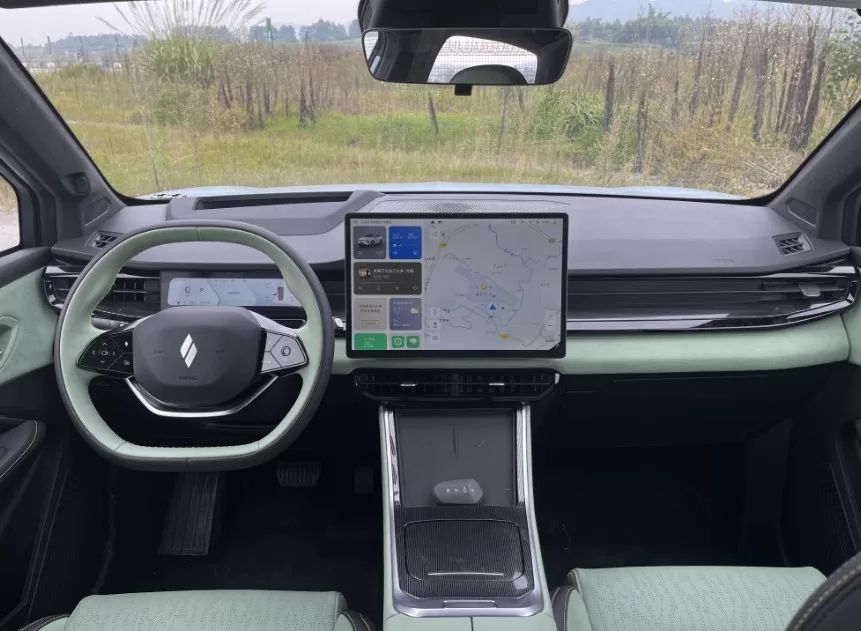
It is worth mentioning that the Rui Lan 7 also offers optional laser radar, which is currently the only model under 200,000 yuan (28240$) on the market with this option. It can achieve a higher level of intelligent driving assistance, which the Nezha X does not have. Even with some conventional configurations, the Rui Lan 7 is also more abundant than the Nezha X.
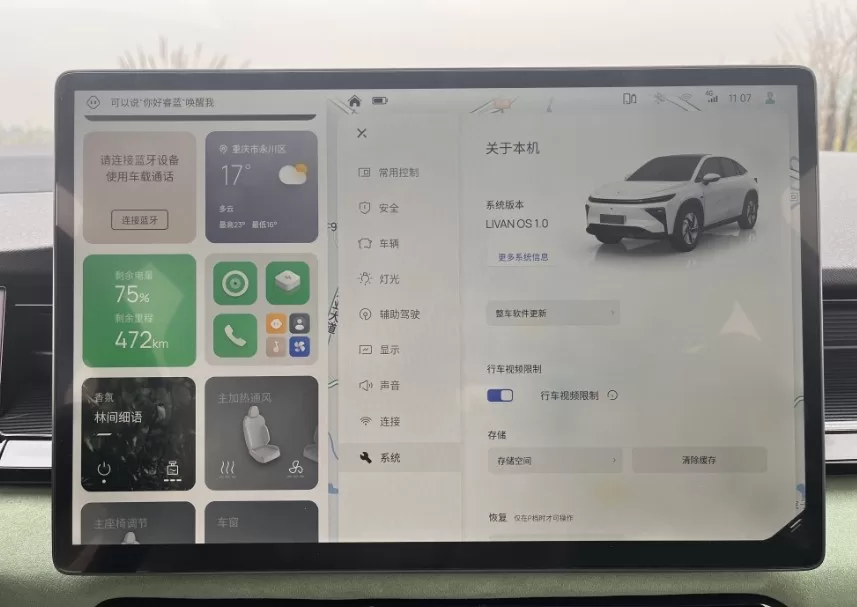
Using the Nezha X top-of-the-line model and the Rui Lan 7 incremental version as examples, the two vehicles are only 3100 yuan (440$) apart in price, but the Rui Lan 7 incremental version has more rich features such as lane departure warning, active safety system, full-speed adaptive cruise control, lane keeping assist, power trunk, adaptive high and low beam, and smartphone connectivity compared to the Nezha X top-of-the-line model. In terms of safety and practicality, the Rui Lan 7 is superior. Rui Lan 7 Power and Endurance Leading the Way In terms of power, the Rui Lan 7 offers two power options: front-wheel drive and rear-wheel drive. The front-wheel drive model has a motor power of 120kW, while the rear-wheel drive model has a motor power of 180kW, with a motor torque of up to 385N·m and a 0-100km/h acceleration time of just 6.8 seconds. In contrast, the Nezha X uses only front-wheel drive motors with a power of only 120kW, showing a significant difference compared to the rear-wheel drive Rui Lan 7.
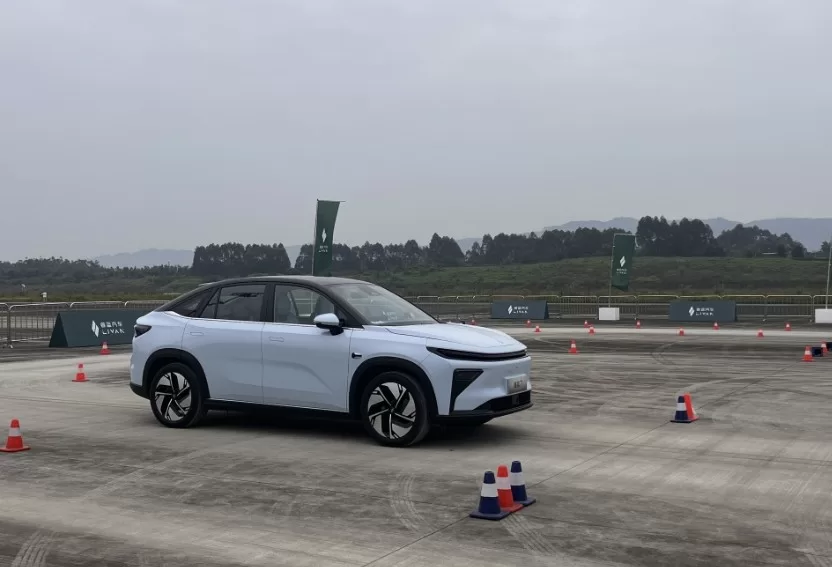
Even in terms of battery life, the Rui blue 7 has achieved a comprehensive lead over the Nezha X. The Rui blue 7 offers a choice of a 50.4kWh Guoxuan High-Tech lithium iron phosphate battery and a 68.03kWh ternary lithium battery, which can achieve two versions of battery life of 450km and 605km under CLTC conditions, respectively. The power battery carried by the Nezha X comes from CATL’s ternary lithium battery, with a comprehensive endurance mileage of only 401km under CLTC conditions, even for the top model, the CLTC endurance mileage is only 501km, which is significantly different from the Rui blue 7.
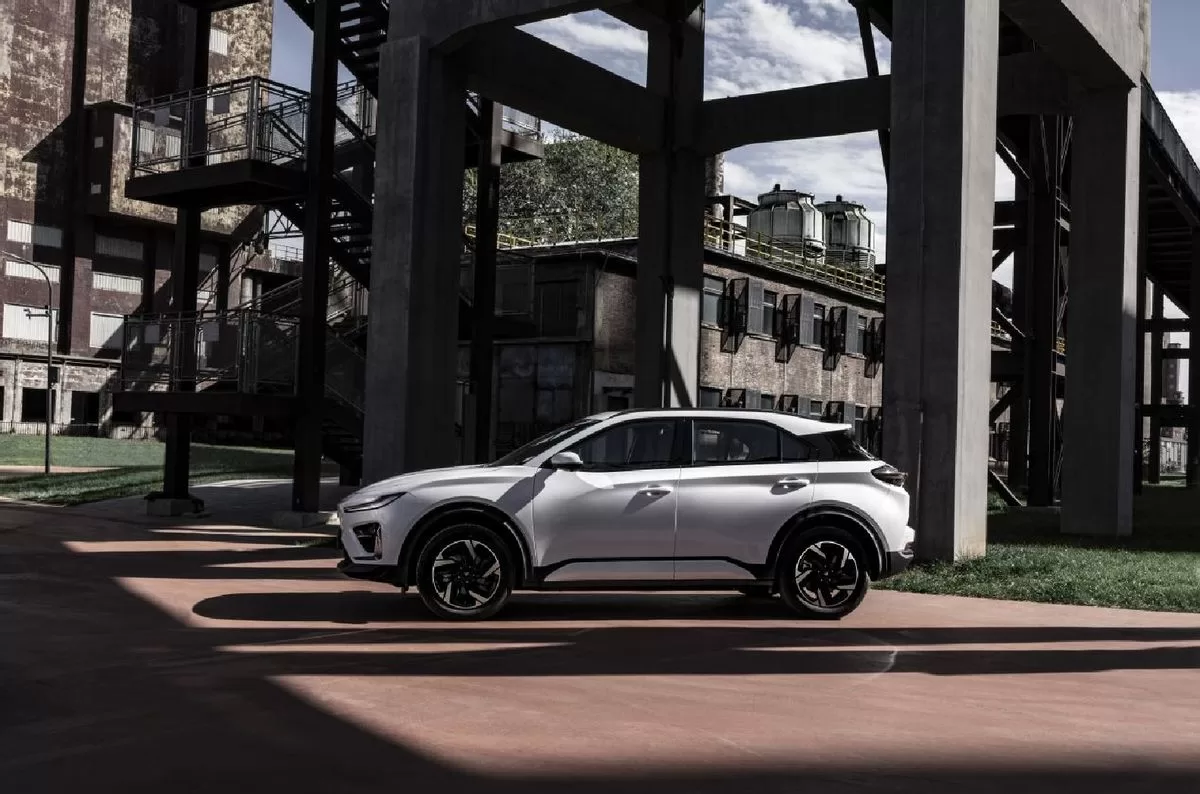
What’s more crucial is that, due to the rear-wheel drive layout of the Ruilang 7 electric motor, the overall handling is superior to the front-wheel drive Nezha X. At the same time, the Ruilang 7 also supports battery swapping mode, significantly reducing the recharging time.
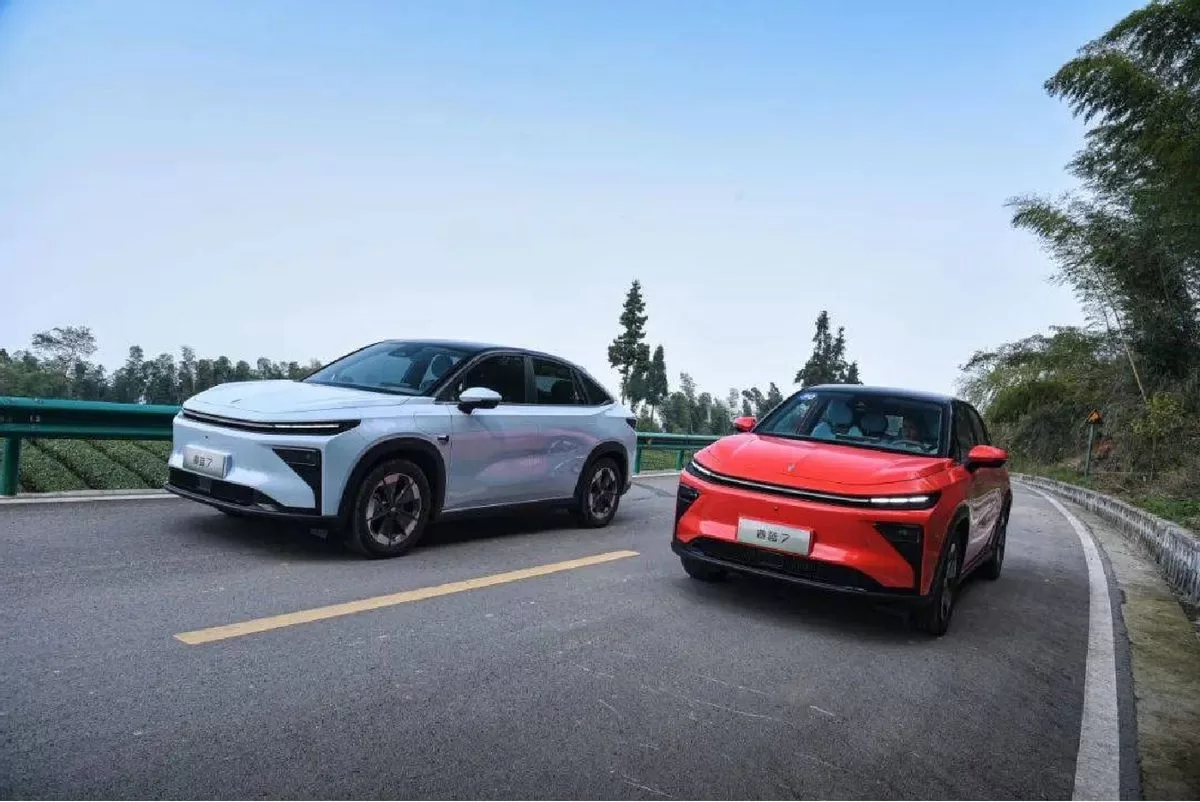
In conclusion, although the price difference between the Rui Lan 7 and the Nezha X is not significant, the overall performance of the Rui Lan 7 is superior. Especially in terms of intelligence and control, it not only has an intelligent cockpit and intelligent driving that are not inferior to new energy brands, but also the rear-wheel drive layout makes the Rui Lan 7 more enjoyable to drive. The launch of the Rui Lan 7 has further intensified the competition in the 150,000-level pure electric SUV market.